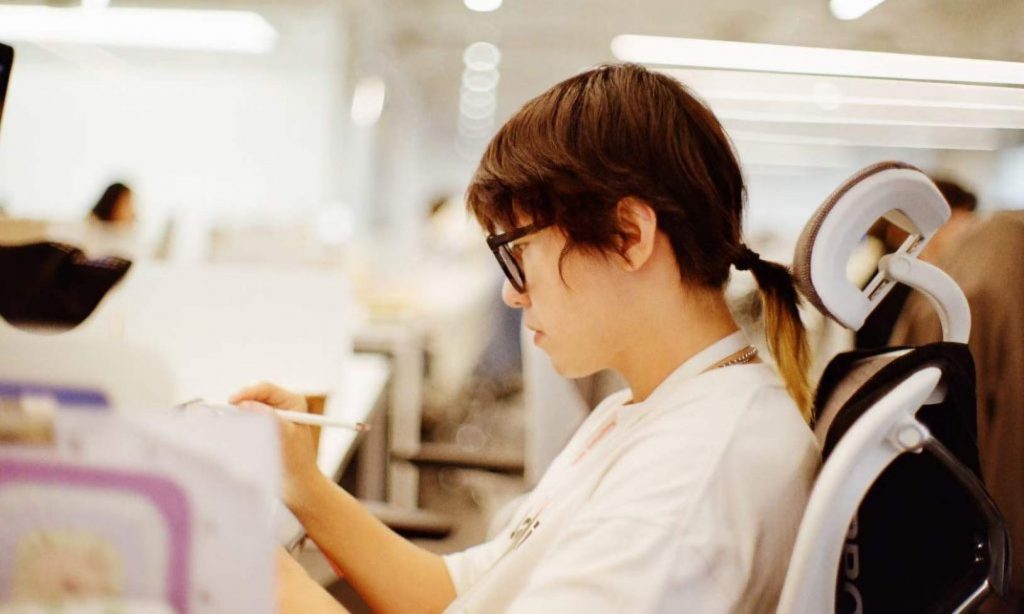
As I continued studying 3D asset creation, one of the most consistent standards I encountered—across games, film, VR, and even product rendering—is the PBR workflow. PBR (Physically Based Rendering) is basically a universal shading system designed to make materials react to light in a predictable, physically accurate way. The more I researched it in professional pipelines, the clearer it became that PBR isn’t just a “texturing method”—it’s an interconnected process that starts at modeling and ends at lighting.
Below is a breakdown of the PBR pipeline as I now understand it, with each step based on industry practice.
1. Preparing the Model (Before Texturing Even Begins)
The PBR workflow starts earlier than I expected. Before I can even touch textures, the model must be prepared correctly:
- Clean topology ensures shading behaves correctly.
- Proper UVs with consistent texel density prevent stretching and artifacts.
- Correct smoothing groups/normals create smooth or sharp transitions exactly where needed.
I learned that bad modeling decisions will always show up in the final PBR material—PBR is unforgiving that way.
2. High-Poly Sculpt > Low-Poly Retopo (for Game Assets)
In real-time pipelines, PBR relies heavily on transferring surface detail from the sculpt to the low-poly mesh.
Pipeline:
- Sculpt high-res detail (ZBrush/Blender)
- Create clean, low-poly retopo
- Bake all surface information down into texture maps
This is where the foundation of a believable PBR material begins.
3. Baking Maps (The Core of PBR Start)
Through research and practice, I realized baking is where PBR gets most of its “micro detail.”
Common maps include:
- Normal Map – replaces high-poly surface detail
- Ambient Occlusion – grounding shadow information
- Curvature Map – helps auto-generate edge wear
- World/Position Map – useful for procedural masks
- ID Map – speeds up material assignments
- Thickness Map – used for subsurface materials
For games, these maps are essential.
For film, they support displacement and shader networks.
4. Base Material Setup (The Heart of PBR)
When texturing in Substance Painter/Mari, every PBR material follows two core values:
Metallic
0 = non-metal
1 = metal
No in-between, no guessing.
Roughness
Controls how sharp or blurry reflections are.
I learned that these two channels do most of the heavy lifting in PBR.
Color (base color/albedo) only describes true material color—no lighting painted in.
5. Building Materials Layer by Layer
The more pipelines I researched, the more I saw the same workflow repeated:
- Start with a flat, correct base color
- Add roughness variation (fingerprints, dirt, smudges)
- Add micro detail using baked maps
- Add edge wear using curvature maps
- Add dirt/dust using AO masks
- Finalize with manual painting where needed
PBR materials feel believable because of roughness variation, not because of noisy textures.
6. Exporting PBR Maps (Game or Film)
Once texturing is complete, studios export PBR maps depending on whether the final asset goes into:
Game Engines (Unreal/Unity)
Export:
- Base Color
- Metallic
- Roughness
- Normal
- AO
- Emissive (if needed)
(Some studios pack channels into a single texture to optimize memory.)
Film / Offline Rendering (Arnold, RenderMan)
Export:
- Albedo
- Roughness
- Specular Depth
- Displacement
- Normal (if used)
- Additional masks for look-dev
Offline renderers allow more complexity, but the principle is the same.
7. Look-Dev: Testing Materials Under Real Lighting
This was one of the most important things I learned:
PBR is only “finished” once it’s tested under proper lighting.
In production, look-dev artists check materials using:
- HDRIs
- Direct spotlights
- Backlights
- Studio lighting rigs
If a material only works in one lighting setup, it’s not ready yet.
This is why so many breakdowns show turntables with multiple lights:
Good PBR materials are lighting-independent.
8. Integration Into Rendering or Game Engine
Finally, the asset moves downstream:
Games:
Plug maps into the engine’s PBR shader, test under real-time lighting, adjust roughness and metallic values, and optimize.
Film:
Shader artists plug maps into more complex networks, often adding displacement, SSS, or custom layers on top of the PBR base.
By the end of this step, the asset becomes production-ready.
Conclusion of My Research
As I researched PBR workflows across multiple studios and tutorials, I realized that PBR is less about “hitting the right settings” and more about building accurate materials from the ground up—starting with modeling, UVs, bakes, and consistent physical properties.
PBR forces me to think like both an artist and a technician:
- Artist (shape, color, material identity)
- Technician (maps, accuracy, lighting behavior)
Understanding this pipeline has made me appreciate how much the texturing and look-dev stages rely on solid modeling and preparation. It’s a system where every step affects the next, and small decisions early on can shape the entire final result.
Some of my Texturing Artworks:
